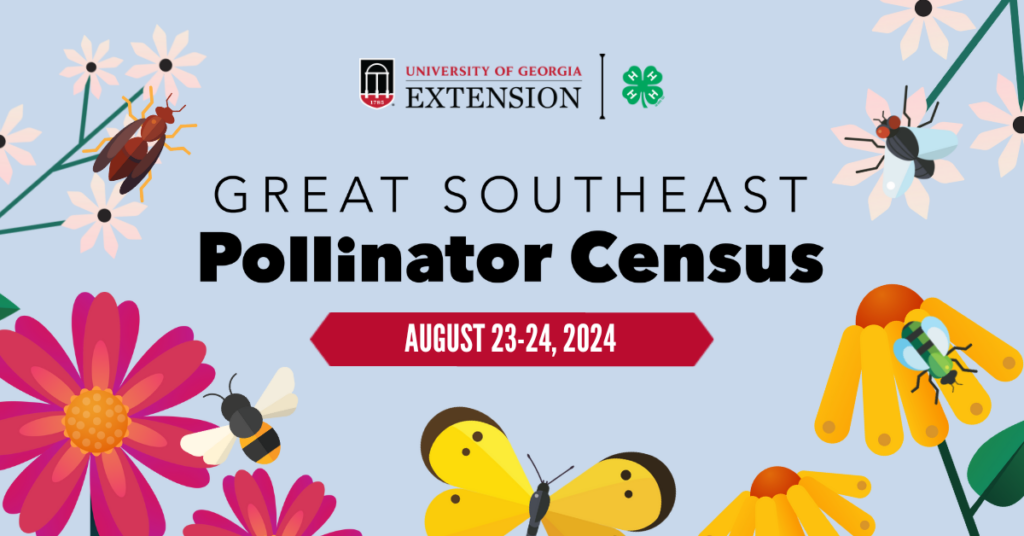Great Southeast Pollinator Census
go.ncsu.edu/readext?1011407
en Español / em Português
El inglés es el idioma de control de esta página. En la medida en que haya algún conflicto entre la traducción al inglés y la traducción, el inglés prevalece.
Al hacer clic en el enlace de traducción se activa un servicio de traducción gratuito para convertir la página al español. Al igual que con cualquier traducción por Internet, la conversión no es sensible al contexto y puede que no traduzca el texto en su significado original. NC State Extension no garantiza la exactitud del texto traducido. Por favor, tenga en cuenta que algunas aplicaciones y/o servicios pueden no funcionar como se espera cuando se traducen.
Português
Inglês é o idioma de controle desta página. Na medida que haja algum conflito entre o texto original em Inglês e a tradução, o Inglês prevalece.
Ao clicar no link de tradução, um serviço gratuito de tradução será ativado para converter a página para o Português. Como em qualquer tradução pela internet, a conversão não é sensivel ao contexto e pode não ocorrer a tradução para o significado orginal. O serviço de Extensão da Carolina do Norte (NC State Extension) não garante a exatidão do texto traduzido. Por favor, observe que algumas funções ou serviços podem não funcionar como esperado após a tradução.
English
English is the controlling language of this page. To the extent there is any conflict between the English text and the translation, English controls.
Clicking on the translation link activates a free translation service to convert the page to Spanish. As with any Internet translation, the conversion is not context-sensitive and may not translate the text to its original meaning. NC State Extension does not guarantee the accuracy of the translated text. Please note that some applications and/or services may not function as expected when translated.
Collapse ▲The Great Southeast Pollinator Census
Open to residents of
Georgia, South Carolina, North Carolina, and Florida.
The Great Southeast Pollinator Census is a citizen science project created by the University of Georgia. This project is designed for everyone to participate and make a difference for pollinator conservation! Watch the video to learn more about how to join the count.
Who uses the census data? What do they use it for?
Educators of all levels
- Researchers used the data in pollination economic valuation studies.
- College educators use journal articles featuring the data in their classrooms.
- K-12 educators use the data to teach math and critical thinking.
Interested in utilizing the data in your classroom? Check out our educator resources.
Community members and leaders
- City planners use the data to see where more pollinator habitat needs to be created.
- Businesses use the data while planning outdoor spaces and landscaping.
Interested in utilizing the data for your business? Check out our business resources.
Homeowners
-
- Gardeners use the data to determine which pollinator plants to plant to attract different insects.
Learn more at The Great Southeast Pollinator Census website.
(University of Georgia Extension)





